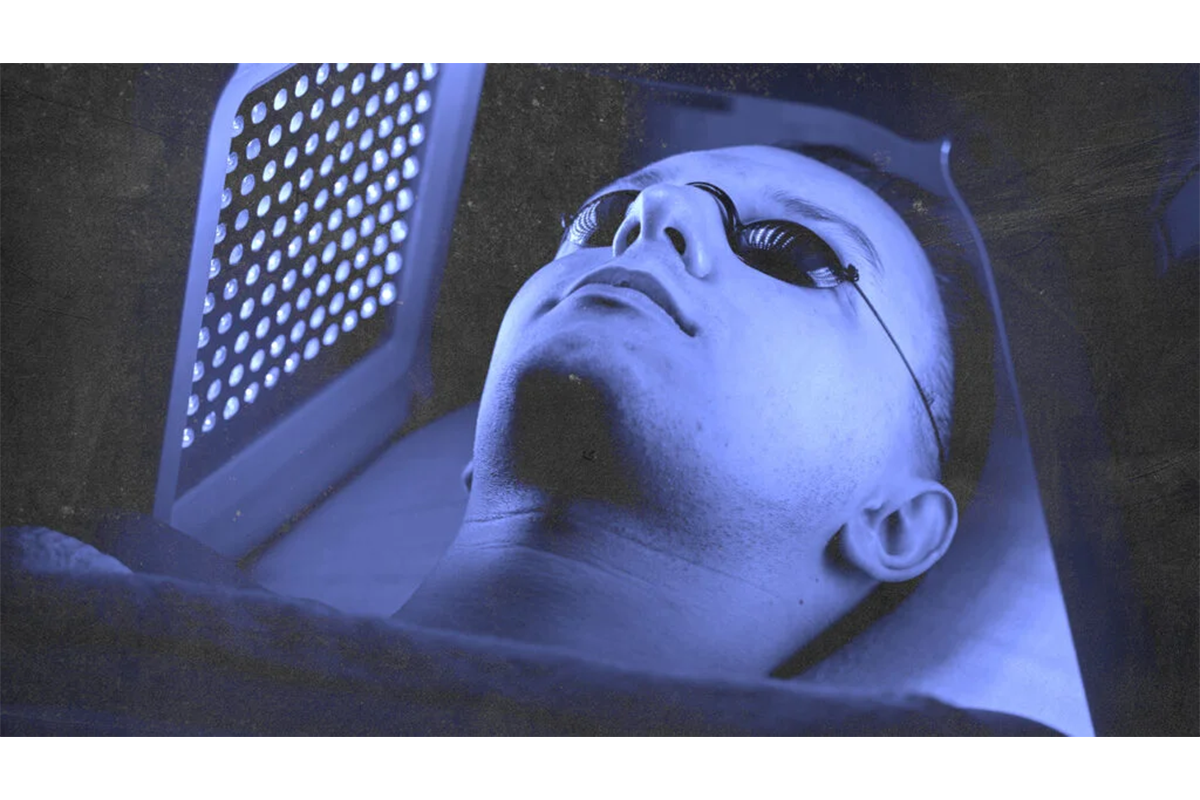
Living with a chronic skin condition such as psoriasis or vitiligo can be physically uncomfortable and emotionally taxing. Phototherapy, specifically narrowband ultraviolet B (NB-UVB), has emerged as one of the most trusted non-invasive treatments. Now, thanks to technological progress, this same treatment is no longer confined to clinical environments. Home UVB therapy provides an empowering alternative for patients to manage their skin health independently.
In this in-depth article, we delve into how UVB therapy works, how to implement it safely at home, and what benefits and challenges to expect.
How UVB Therapy Works
UVB light falls within the spectrum of ultraviolet light, which is divided into UVA, UVB, and UVC rays. Narrowband UVB therapy utilizes a small, controlled band of wavelengths (usually around 311 nm), which has been clinically proven to treat several inflammatory skin disorders effectively.
When administered correctly, UVB light:
Suppresses overactive immune responses
Slows down skin cell proliferation
Encourages pigmentation in cases of vitiligo
Provides anti-inflammatory effects
Advantages of Home-Based Treatment
The decision to shift phototherapy from clinics to homes is driven by several practical advantages:
Time Efficiency: No travel time or waiting rooms. Treat at your own pace.
Privacy and Control: Handle sensitive skin concerns in a private space, without the stress of public exposure.
Lower Long-Term Costs: After the initial purchase, home therapy typically becomes more cost-effective than multiple sessions at a clinic.
Customization: Devices come with settings to adjust intensity and duration, ensuring treatment is suited to the user’s individual condition.
Types of Phototherapy Devices for Home Use
There are three main types of devices available for home UVB phototherapy:
Handheld Units: Ideal for treating small, localized areas such as elbows, knees, or patches of vitiligo.
Panel Devices: Wall-mounted or standing panels that can cover large body areas.
Full-Body Cabinets: These resemble tanning booths and are suitable for severe, widespread conditions.
Each has pros and cons related to space, budget, and scope of treatment.
Setting Up Your Home Treatment Routine
Before using any UVB device, a clear strategy and medical oversight are essential.
Professional Diagnosis: Begin with a consultation to determine the suitability of UVB therapy for your condition.
Device Training: Learn how to operate your unit safely. Many manufacturers offer detailed guides and customer support.
Treatment Scheduling: Follow a consistent schedule—typically 3–4 times a week—for optimal results.
Session Logging: Record each session’s date, duration, and skin response to identify patterns and ensure proper exposure.
How to Stay Safe
UVB therapy is generally safe, but like any form of treatment, it comes with guidelines:
Use Eye Protection: UV light can harm the eyes—goggles are a must.
Avoid Tanning Before/After Sessions: Compounding UV exposure is dangerous.
Monitor Your Skin: Discontinue treatment if you notice severe redness, blistering, or burning.
Limit Treatment Duration: Exceeding recommended times doesn’t accelerate healing and can cause damage.
Comparing Home and Clinical UVB Therapy
| Feature | Home UVB Therapy | Clinic-Based Therapy |
|---|---|---|
| Convenience | High | Moderate |
| Cost | Lower over time | High per visit |
| Supervision | Self-directed | Professional oversight |
| Customization | High | Standardized |
| Suitability | Mild to moderate cases | Severe or complicated cases |
Home therapy is most suitable for individuals with stable, recurring skin issues who understand and follow treatment plans diligently. Complex or resistant cases may still require in-clinic treatments for closer monitoring.
Conditions Best Treated with UVB
While not a universal solution, UVB therapy has proven highly effective for:
Psoriasis (Plaque, Guttate, Scalp): Reduces scaling and inflammation.
Vitiligo: Encourages repigmentation, especially when started early.
Eczema/Atopic Dermatitis: Helps reduce chronic itching and redness.
Cutaneous T-cell Lymphoma (CTCL): Sometimes used under strict medical guidance.
Maintaining Treatment Equipment
Phototherapy devices are long-term investments. Proper upkeep is critical:
Clean bulbs with a soft cloth after each use.
Replace tubes based on manufacturer guidelines—usually after 1,000–1,200 hours of use.
Store the device in a safe, dry location.
Keep usage logs for review during medical check-ups.
Final Thoughts: Empowering Self-Treatment
Home UVB phototherapy puts the power of skin health back into patients’ hands. It’s a fusion of science and self-care—allowing people to take control of chronic skin conditions without being tethered to a clinic. With professional guidance, adherence to protocols, and careful monitoring, UVB therapy at home can transform not just your skin but your confidence and quality of life.